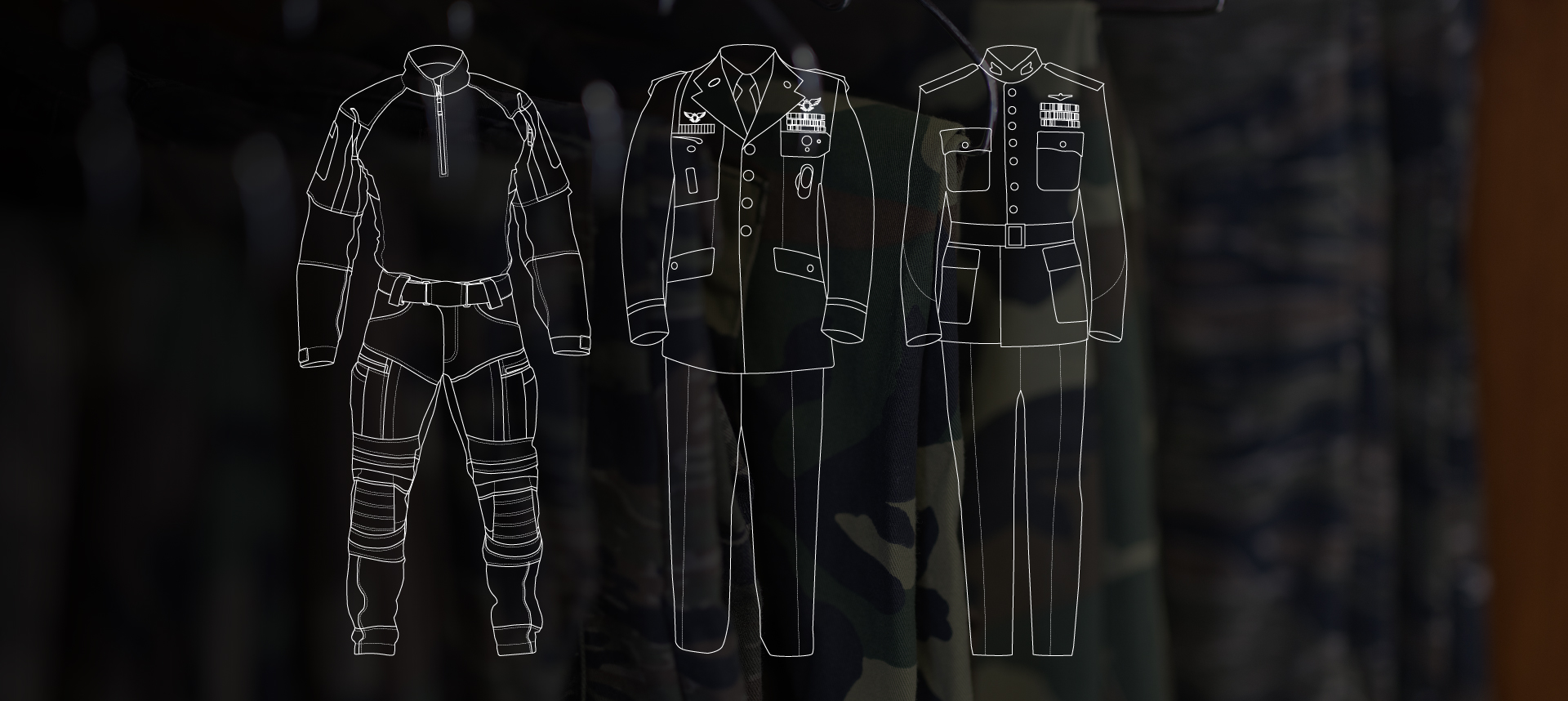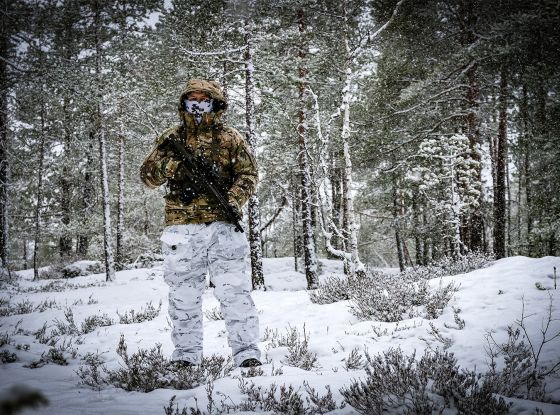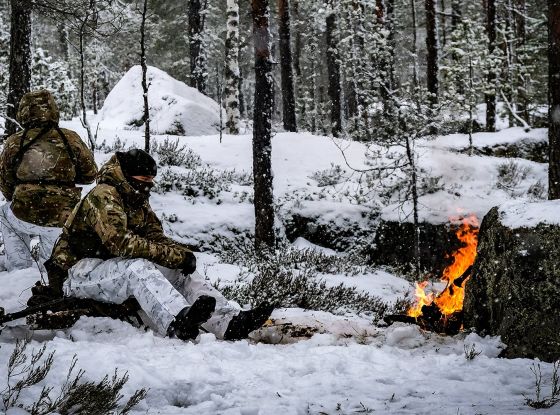Uniforms have become more than just work attire; they are symbols of identity, culture, and history. Whether it’s a battle dress uniform worn on the battlefield or formal attire at a state function, each uniform carries a legacy—each color, each stitch, and each badge representing something far bigger than the individual wearing it. They represent commitment, duty, and an ongoing story of those who wear them.
In this blog post:
Let’s delve into distinct roles and features of various uniforms, shedding light on their practical and symbolic importance.
Battle Dress Uniforms: Built for the Battlefield
Known by various names such as combat uniforms, fatigues, or field uniforms, battle dress uniforms (BDU) are designed for action in challenging settings where conditions can be highly unpredictable and demanding. They are crafted with a focus on durability and flexibility to withstand terrains and extreme weather conditions encountered during combat situations. Equipped with camouflage and other specialized features, they ensure you're ready for any challenge. These uniforms provide the practical support you need, allowing you to focus fully on the mission at hand.
Who are they for?
Battle dress uniforms are vital for soldiers, special forces, police, and tactical units, balancing practicality and mobility to meet the demands of field operations. Read more about BDU breakdown here and explore the difference between police and military combat uniforms.
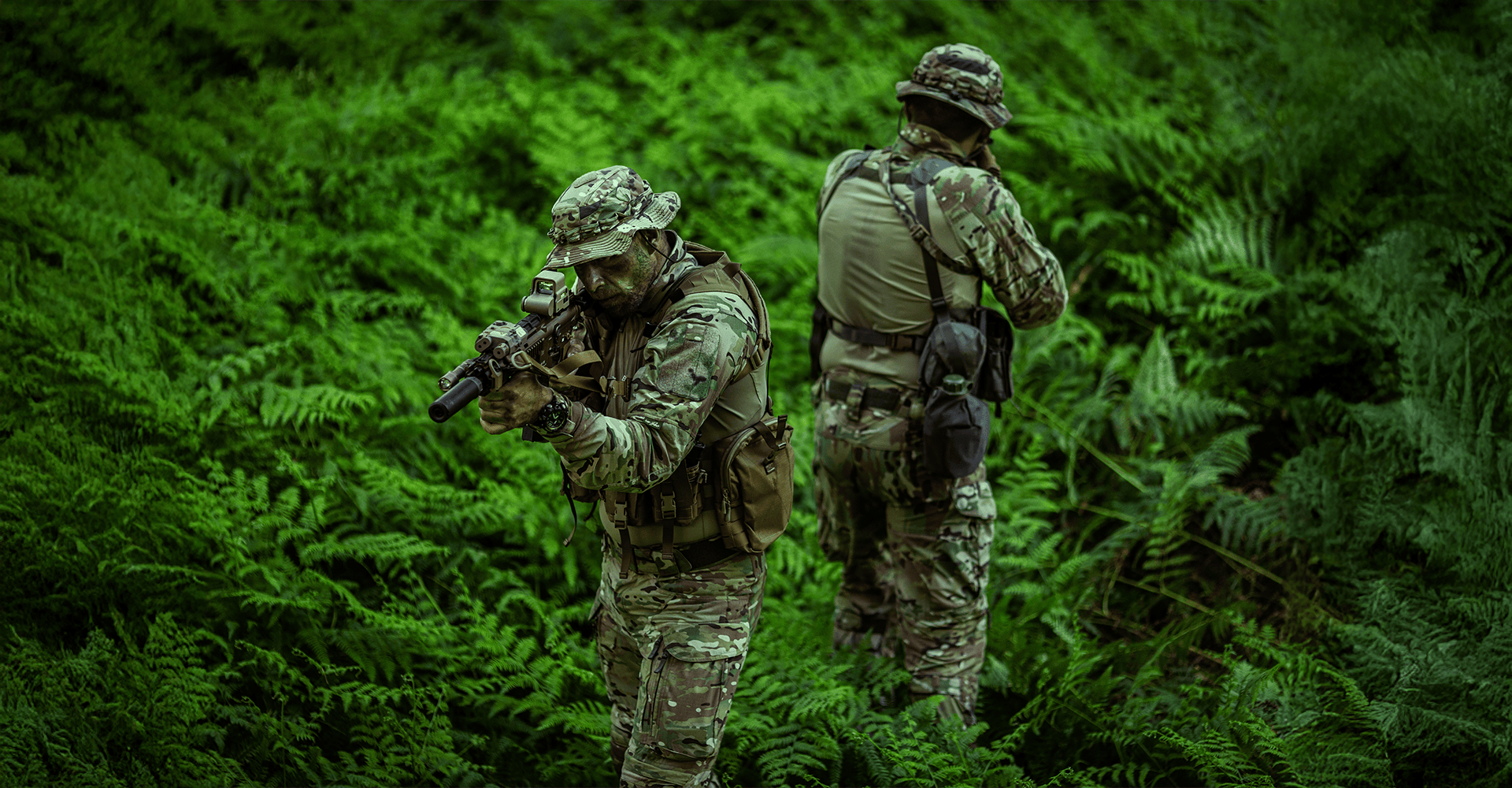
Service Dress Uniforms: Sharp and Professional
Service dress uniforms, also known as dress uniforms, serve a different purpose: they combine authority with functionality. While they're less about camouflage and more about looking neat and professional, these uniforms still offer a hint of the wearer's rank. Whether it's a day at the office or representing their unit at formal events, service uniforms embody discipline and order.
Who are they for?
Service uniforms are designed for individuals in military and law enforcement roles who work in office or administrative settings to offer both comfort and a polished appearance.
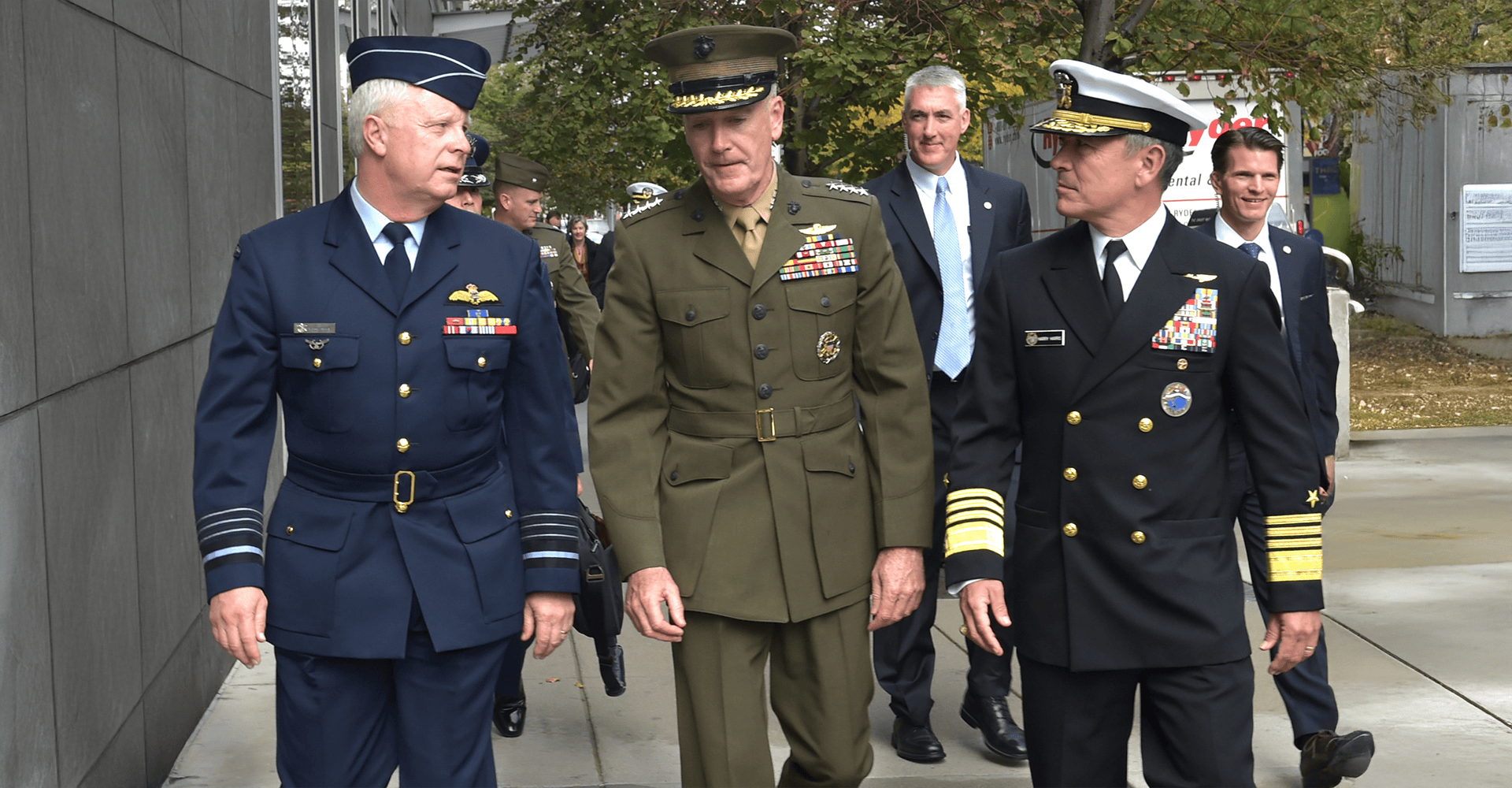 Source: Wikipedia
Source: Wikipedia
Ceremonial Uniforms: The Show-Stoppers
Dressing up in ceremonial attire goes beyond blending in or feeling cozy—it's all about displaying honour and tradition with a touch of pride. These outfits, also referred to as formal or parade uniforms, are reserved for important state affairs and grand events like parades where prestige is key. Featuring distinctive patterns and colours alongside medals adorning them proudly, ceremonial uniforms stand as a symbol of deep-rooted traditions and the individual's dedication to embody their organisation with utmost pride.
Who are they for?
Ceremonial uniforms are worn by high-ranking officers, officials, or ceremonial units during important events like state functions, parades, and other occasions where maintaining a formal, impressive appearance is crucial. These uniforms are built to shine and command respect.
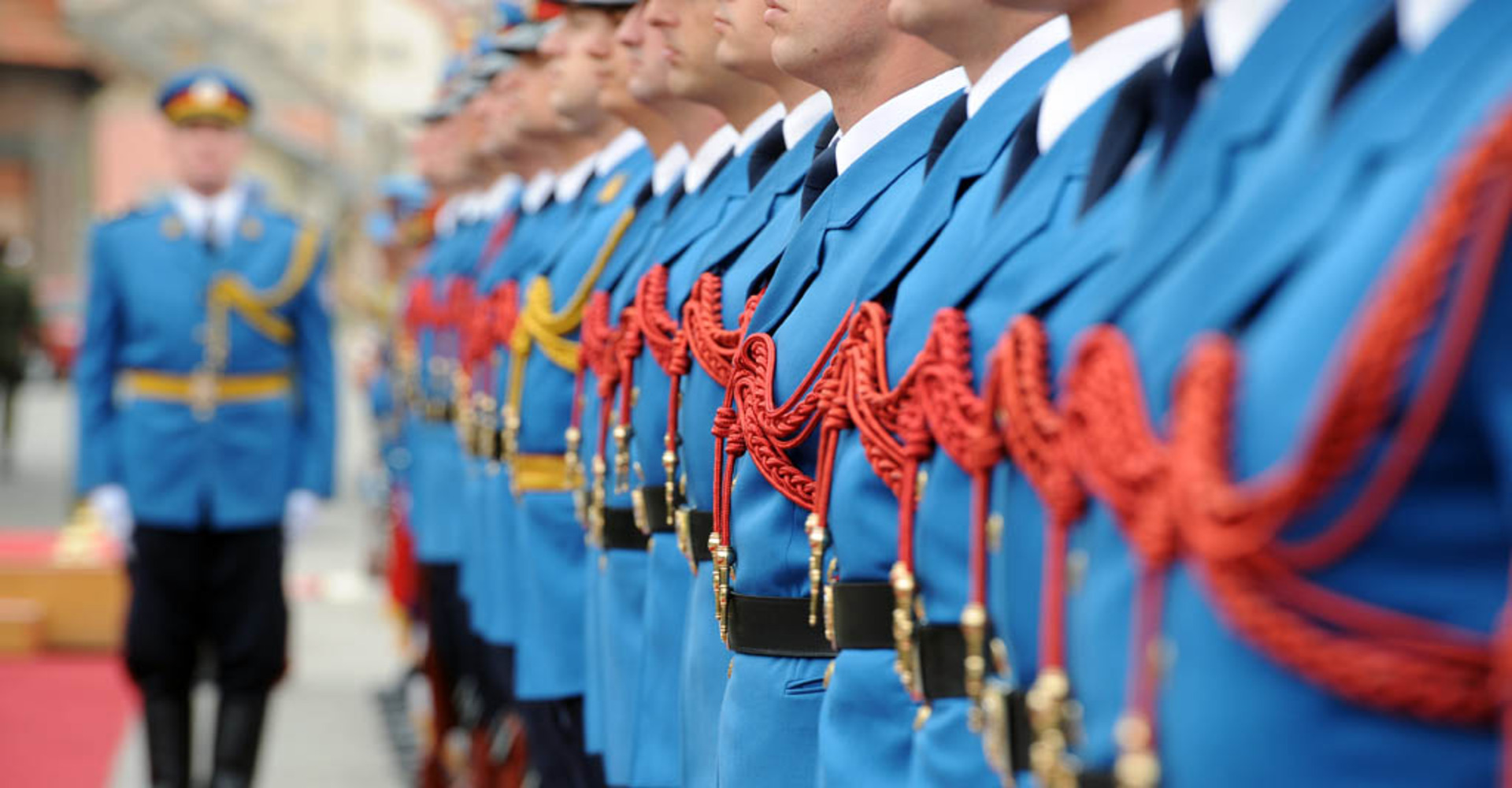 Source: Serbian Armed Forces
Source: Serbian Armed Forces
SUBSCRIBE TO UNLOCK OUR EXCLUSIVE CONTENT
Enter your email and get timely updates and relevant intel on tactical topics directly to your inbox.
You are signing up to receive updates via e-mail from which you can opt out at any time. Visit our privacy policy for more info.
The Essential Differences: Colors, Materials, and Features
Uniforms aren’t just about appearance—they’re about purpose. From battlefields to boardrooms and ceremonial stages, the colours, materials, and features of each uniform serve a specific role. Understanding these key elements helps highlight the tactical edge, professionalism, and prestige each uniform is designed to communicate. Let's break down what sets them apart.
Colors
Battle Dress Uniforms
Earth tones dominate—greens, browns, and digital camo patterns, designed to help the wearer blend into various terrains.
Service Dress Uniforms
Think navy, black, and grey—solid, professional, and authoritative, ideal for everyday office environments.
Ceremonial Uniforms
Bold reds, golds, and whites with elaborate detailing, crafted to captivate and signify the importance of the wearer.
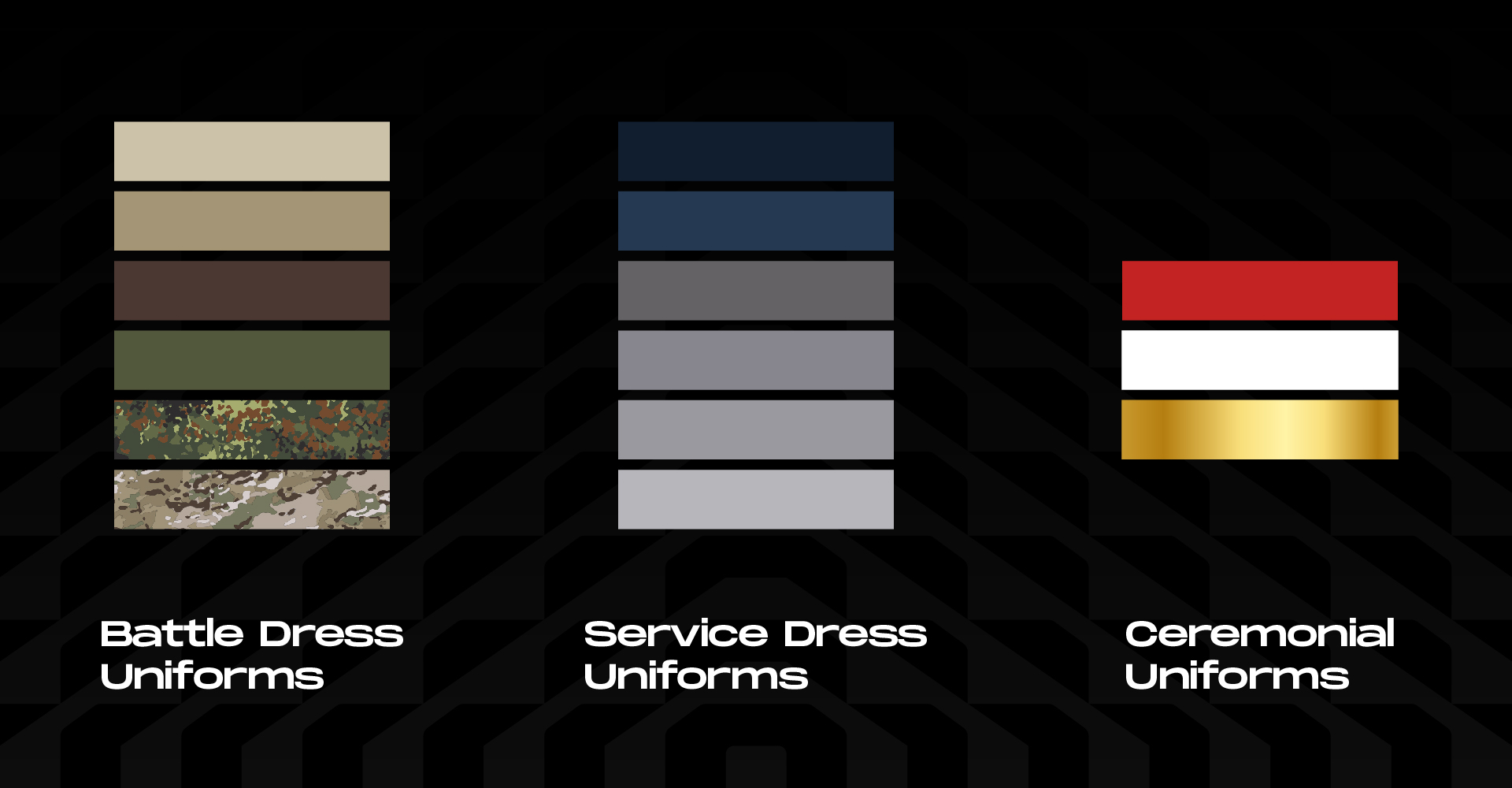
Materials
Battle Dress Uniforms
Durability and functionality are paramount in battle dress uniforms. They are typically made from materials like cotton, nylon, polyester blends, ripstop, and CORDURA® fabrics, which provide resistance to wear and tear.
The blend of intelligently placed materials boosts durability and flexibility, ensuring the uniforms perform in extreme conditions while maintaining breathability. Advanced fabric technologies and design ensure the uniform's adaptability to various climates and terrains, supporting the wearer's every movement. Additionally, many battle dress uniforms feature flame-resistant qualities and water-repellent coatings for added protection in challenging environments. Learn more about the most common materials used in battle dress uniforms.
Service Dress Uniforms
These uniforms generally utilise finer fabrics such as wool and polyester blends, offering a polished appearance while remaining comfortable for everyday office tasks.
Ceremonial Uniforms
Crafted from luxurious fabrics like silk, satin, and high-quality wool, ceremonial uniforms are designed to impress. The fine materials ensure an elegant, ceremonial look, while embroidery and gold threadwork contribute to the high-end aesthetic.
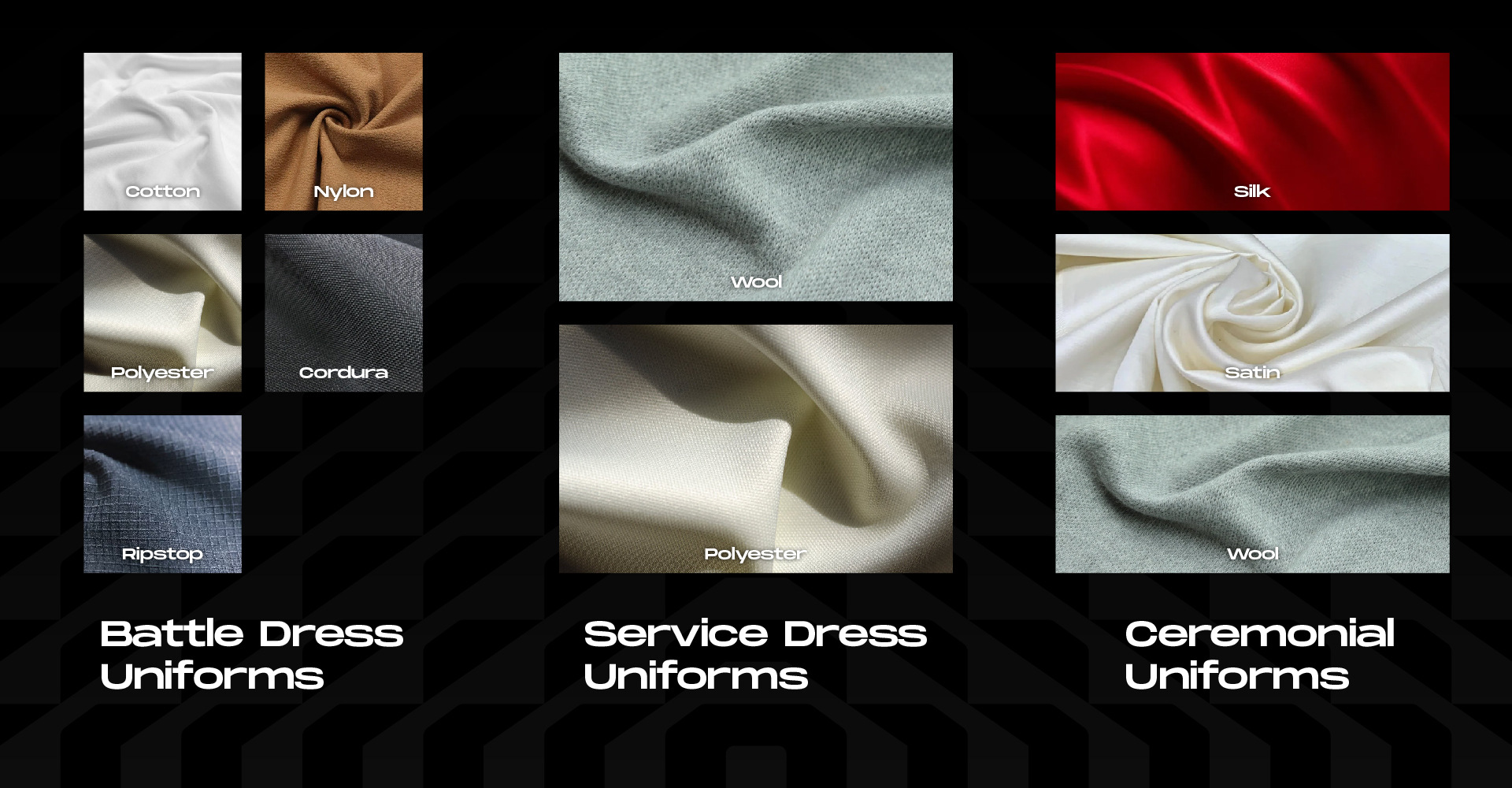
Features
Battle Dress Uniforms
Designed with practicality in mind, battle dress uniforms can include features such as multiple pockets, reinforced stitching, adjustable straps, and breathable fabrics. Advanced variants may also integrate cutting-edge technologies like Near-infrared (NIR) capabilities to enhance stealth and visibility control, flame resistance (FR) properties for protection against fire hazards, and No-Melt/No-Drip attributes to prevent melting or dripping when exposed to heat sources. Collectively, these components ensure that operatives are equipped with the adaptability and performance capabilities for excelling in high-demand scenarios.
Service Dress Uniforms
Fewer pockets and simpler features define service dress uniforms, with an emphasis on structured, clean lines. These uniforms often include insignia or badges to denote rank or position, maintaining a formal, professional appearance without excess adornment.
Ceremonial uniforms
Ceremonial uniforms often feature accessories such as epaulettes, medals, and sashes that highlight one's rank and prestige. These garments are designed more for visual impact and the symbolism of the event rather than practical use.
The Development and Social Influence of Dress Codes
Throughout history, uniforms have changed from symbols representing status and recognition to attire that adapts to the changing requirements of combat scenarios, as well as the need for professionalism and adherence to tradition. Early military attire was designed to make operators easily recognisable by incorporating colours and elaborate decorations symbolising authority and rank. But as modern warfare unfolded, practicality took precedence, giving birth to the camo-clad operators we see today. Wearing camouflage and other subtle patterns became essential for soldiers to merge with their environment and improve their safety and efficiency in combat situations. Learn more about Europe’s official camouflage patterns.
At the same time, uniforms used for service and ceremonial purposes have maintained their ties to the past. Service attire that was originally linked to obligations has transformed into symbols of authority and professionalism in civilian roles. From law enforcement to firefighting and corporate environments, the enduring impact of military uniform traditions can be seen in contemporary professional appearances.
Ceremonial uniforms have persisted as a strong symbol of tradition and national pride. These uniforms narrate the story of an institution’s heritage. Although the materials used for ceremonial uniforms may evolve over time, their symbolic value remains unchanged. They uphold the connection to history, ensuring that those who wear them are continually reminded of their duty to represent their institution with pride.
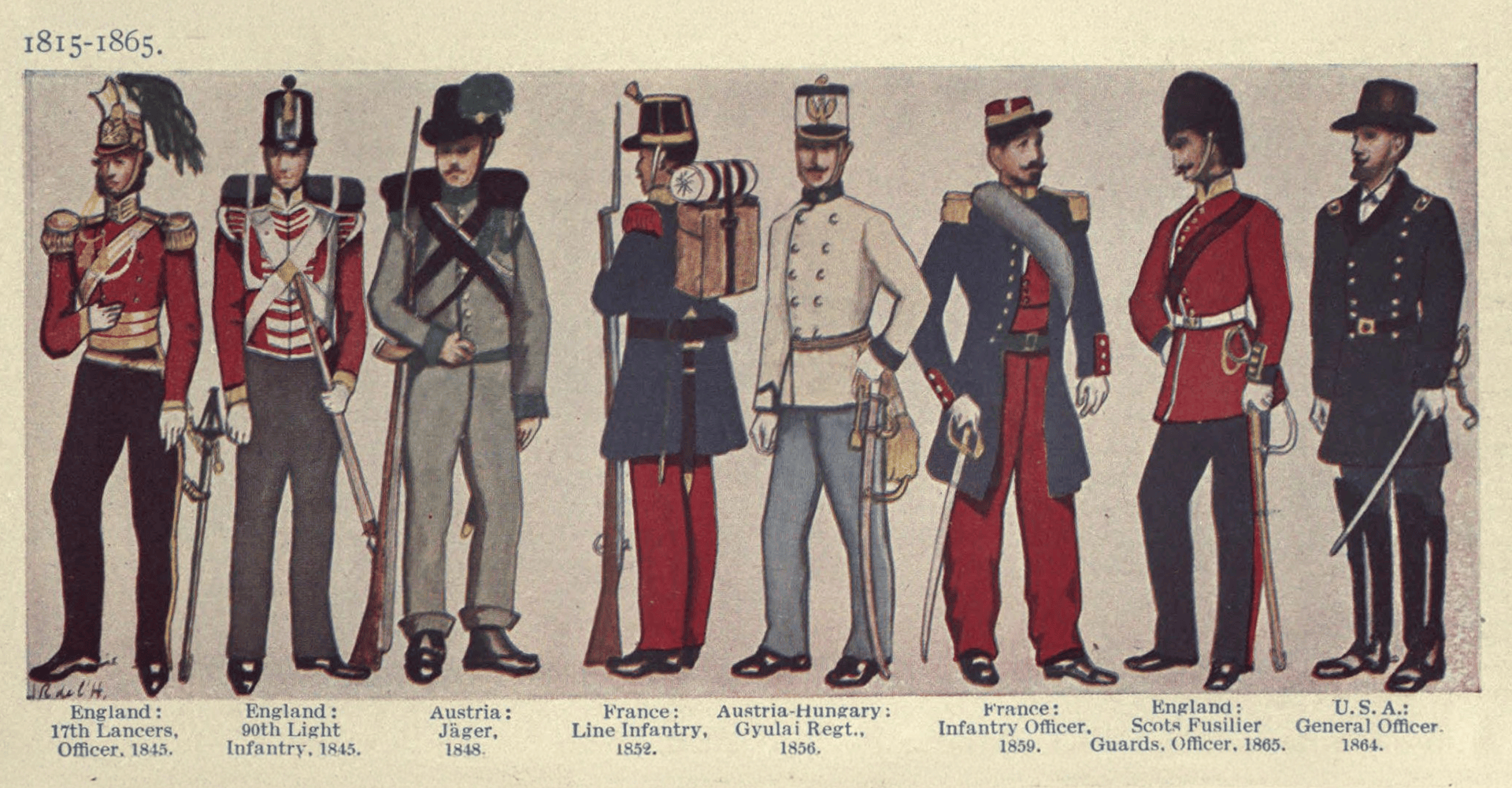 Source: Wikipedia
Source: Wikipedia
Conclusion
Uniforms tell a story. Whether it’s the rugged practicality of a battle dress uniform, the clean lines of service attire, or the refined tradition of ceremonial dress, each one reflects purpose and pride. They’re built to perform, built to last, and built to embody the wearer’s role and commitment.

